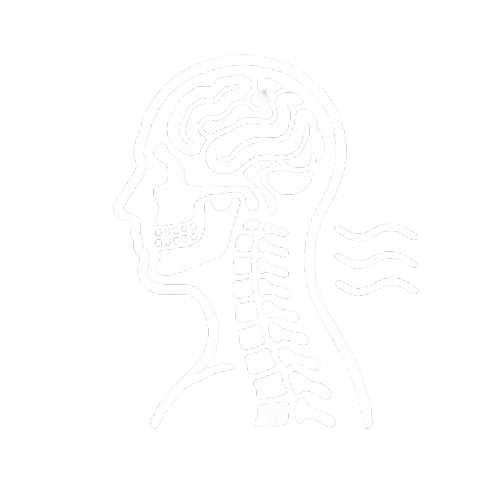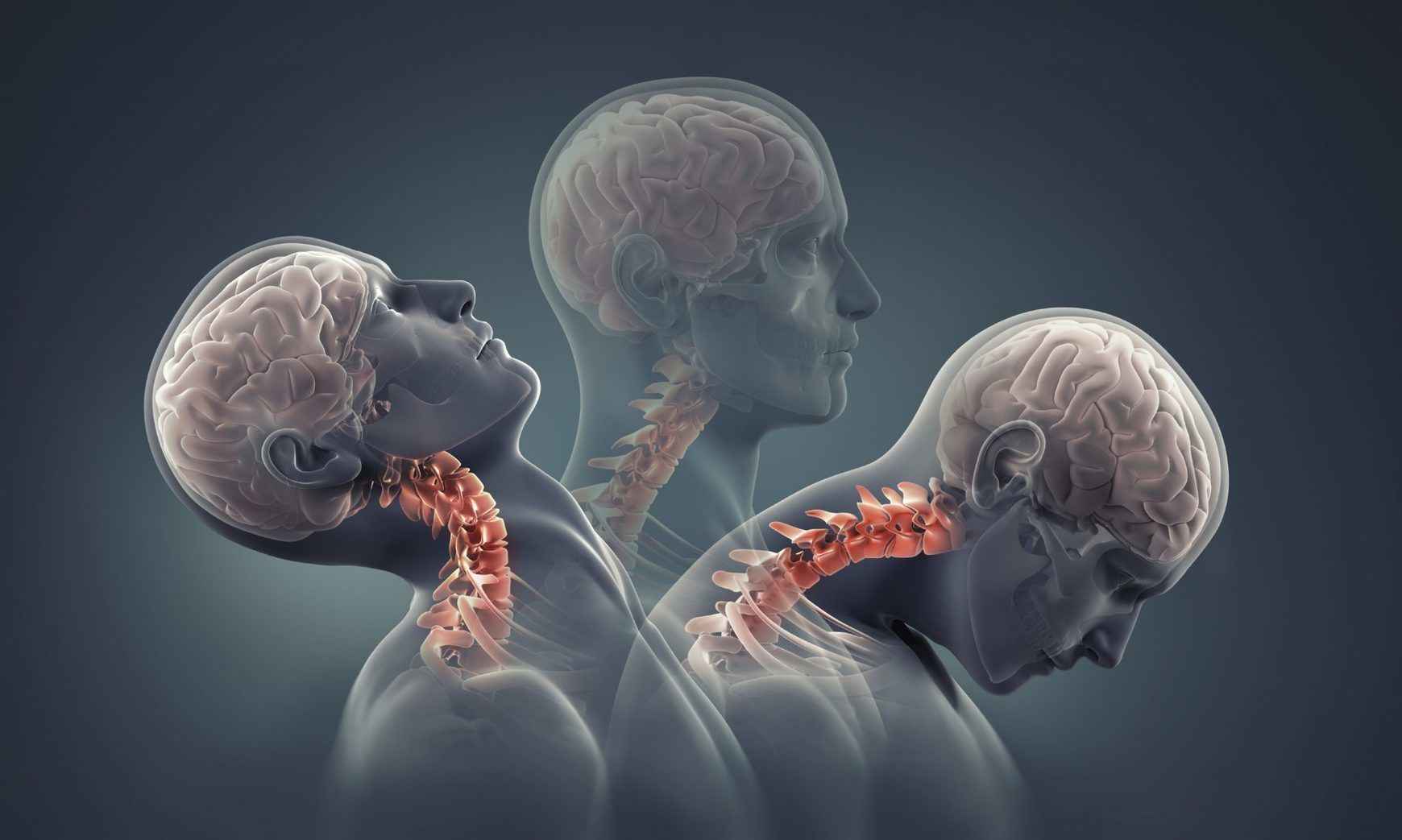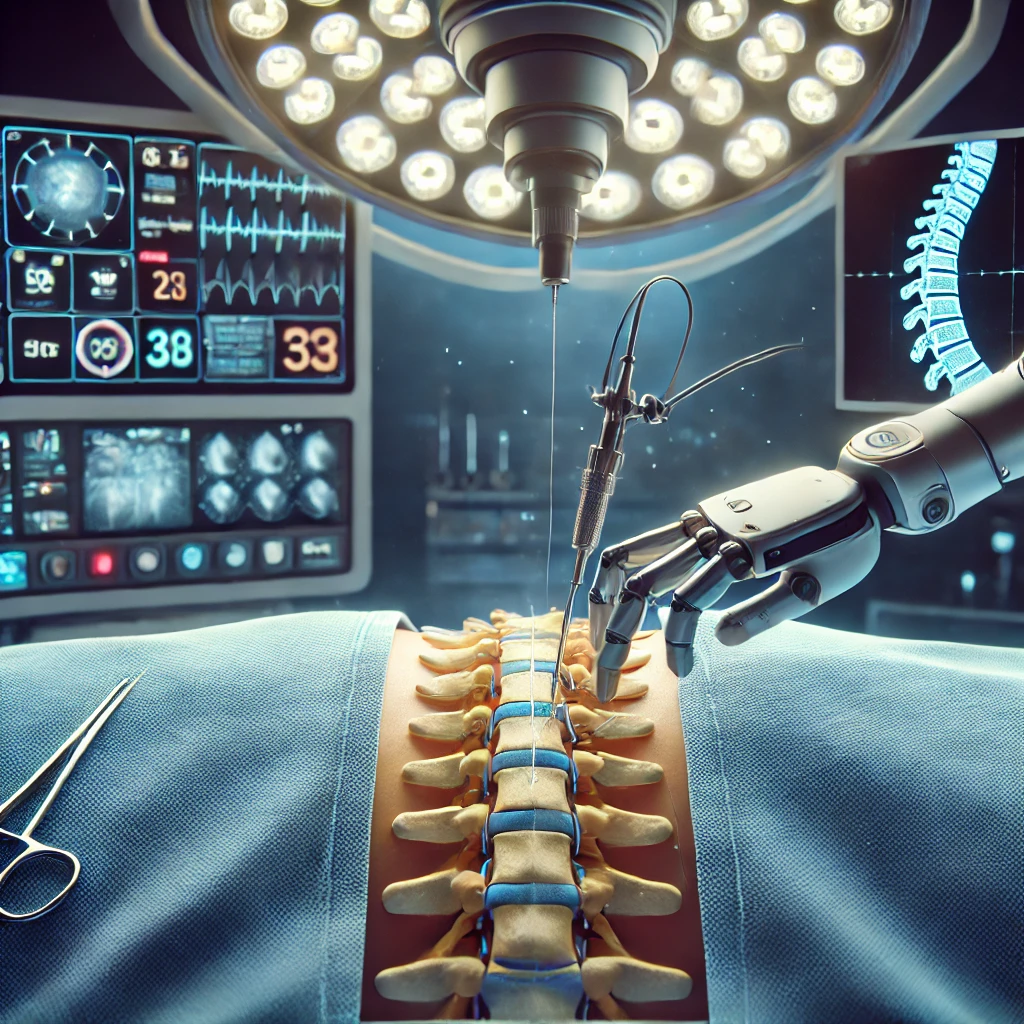What is Cranio-Cervical Instability?
Cranio-cervical instability occurs when the joints connecting the skull to the upper cervical spine (C1 and C2 vertebrae) become unstable, causing abnormal movement. This can compress the brainstem or spinal cord, leading to neurological issues, headaches, and neck pain. Mr. Irfan Malik offers tailored treatments to stabilize the cranio-cervical junction and alleviate symptoms.









